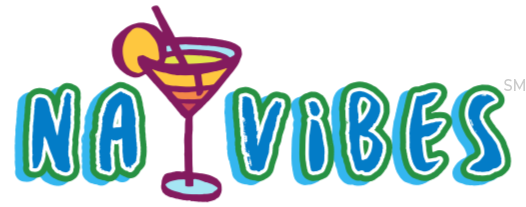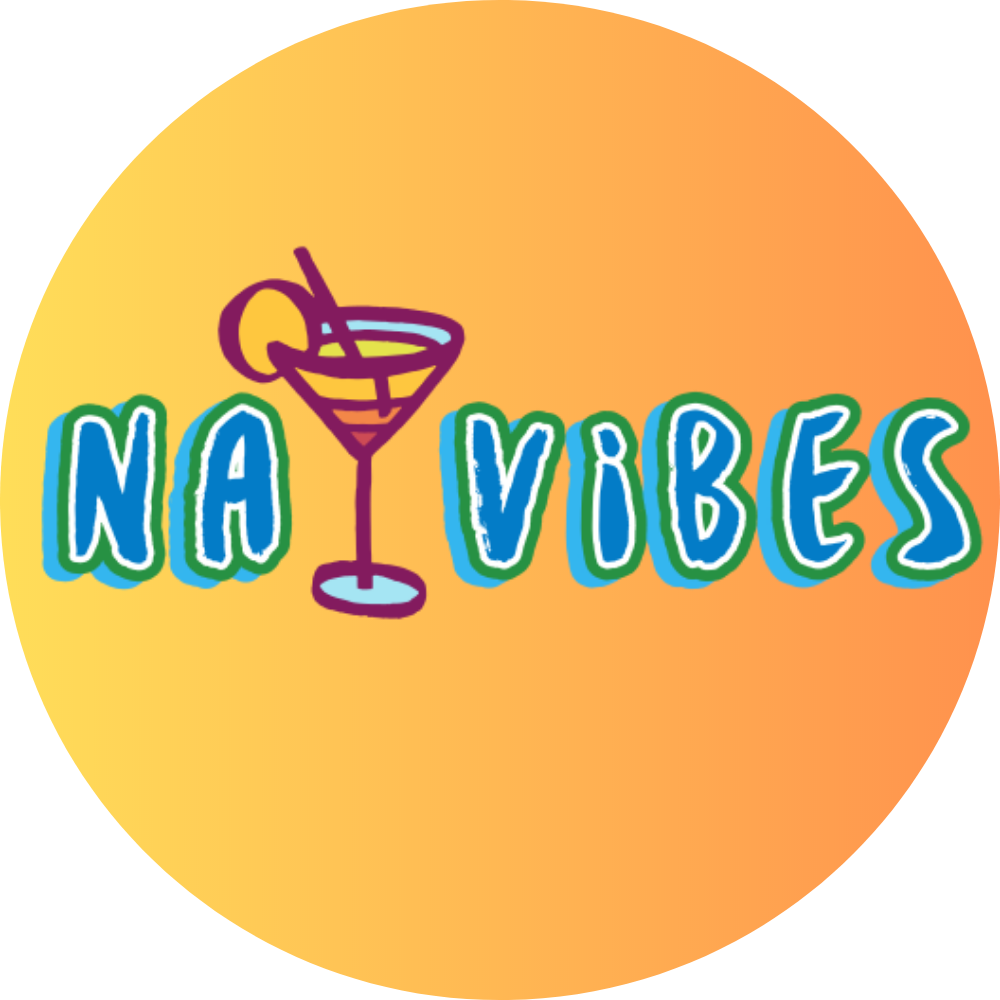Amazake Is The Sweet, No-Alcohol Sake Perfect For Cold Winters
- Trish Silverman
- Dec 5, 2022
- 2 min read
By Haldan Kirsch for Daily Meal | Dec. 4, 2022
Having a hard time figuring out the right mocktail for your holiday menu? You're not alone. There has been a huge spike in consumer interest in non-alcoholic or low-alcohol beverages in recent years.
Business Insider India reports that in 2021 alone, interest in the market increased by 33%. Food Processing says that taking sabbaticals from drinking with events like Dry January have become more popular as well. CNN claims that a CGA-conducted survey showed 35% of Americans took part in abstaining from alcohol for the month of January last year.
There are plenty of reasons to give this lifestyle a shot. Harvard Medical School says that many who participated in Dry January reported sleeping better and having more energy as just a few of the benefits they saw from the sober lifestyle.
One of the hardest parts of this lifestyle though can be finding substitutions for your favorite drinks at the bar, or for something flavorful to enjoy at home that packs more of a punch than juice, soda, or seltzer.
If you're looking for something that will have the flavorful punch of an alcoholic drink without the booze, then look no further than Amazake. Timeout says that Amazake is a non-alcoholic version of sake that's worth getting to know.
History of Amazake

While not as popular as its alcoholic cousin sake, Amazake has a long and storied history that goes back centuries. Timeout says that the drink was first enjoyed in Japan around the Kofun period (from 300 to 538 A.D.). Japanese Food Guide points out that the drink is mentioned in the Nihon shoki, or "Chronicles of Japan," as Reishu. It retells an incident that supposedly took place in 289 in which an emperor was given the drink as a cold refreshing beverage.
Japanese Food Guide claims that Reishu would later become known as Amazake, and specialized shops selling the beverage would spread throughout the country. It would also appear in pieces of art as a representation of a common health drink.




Comments